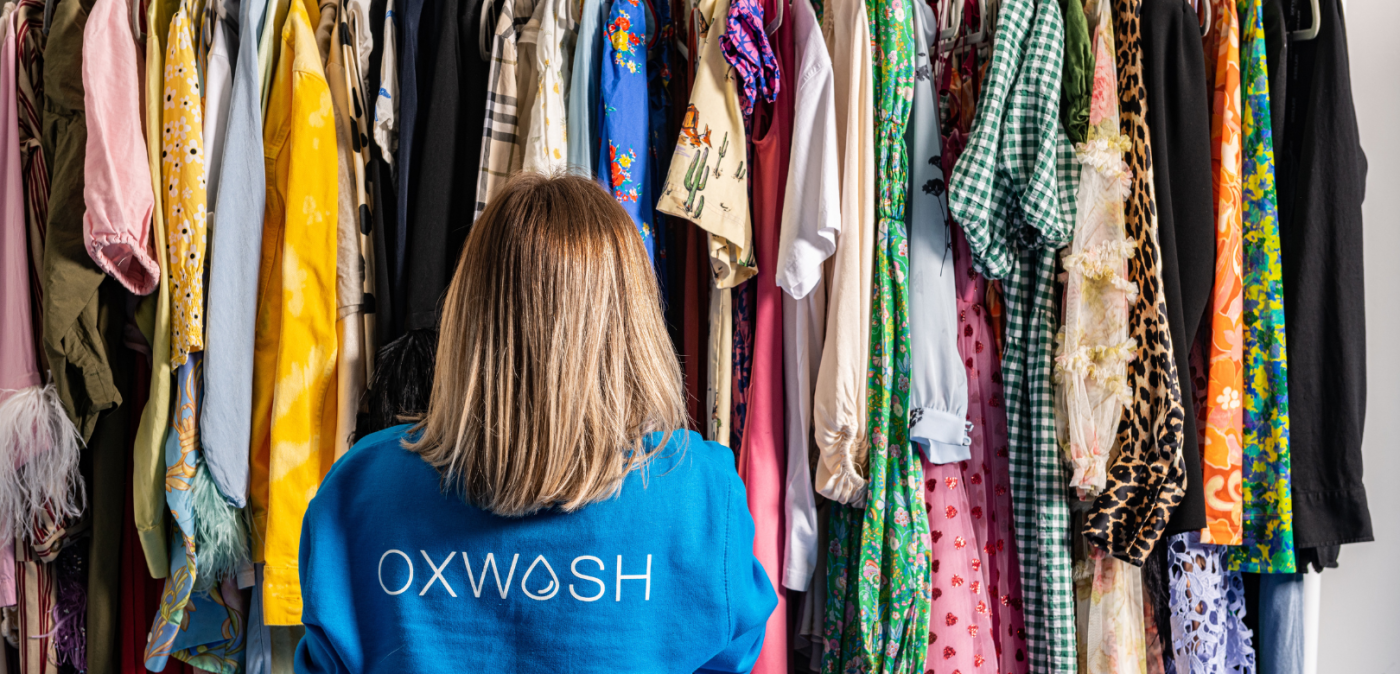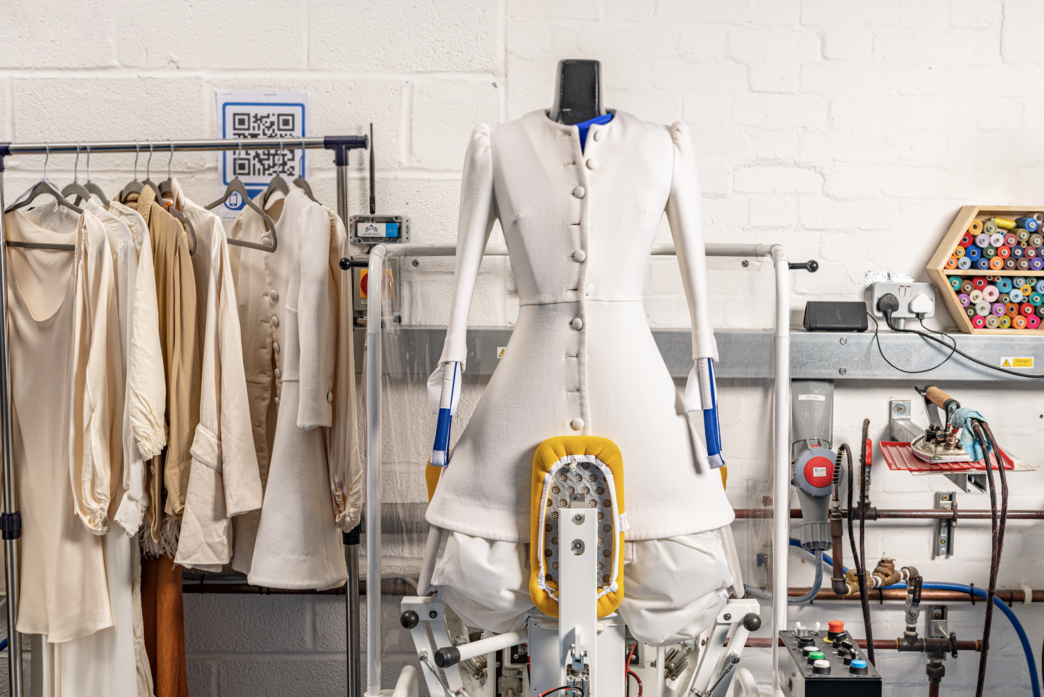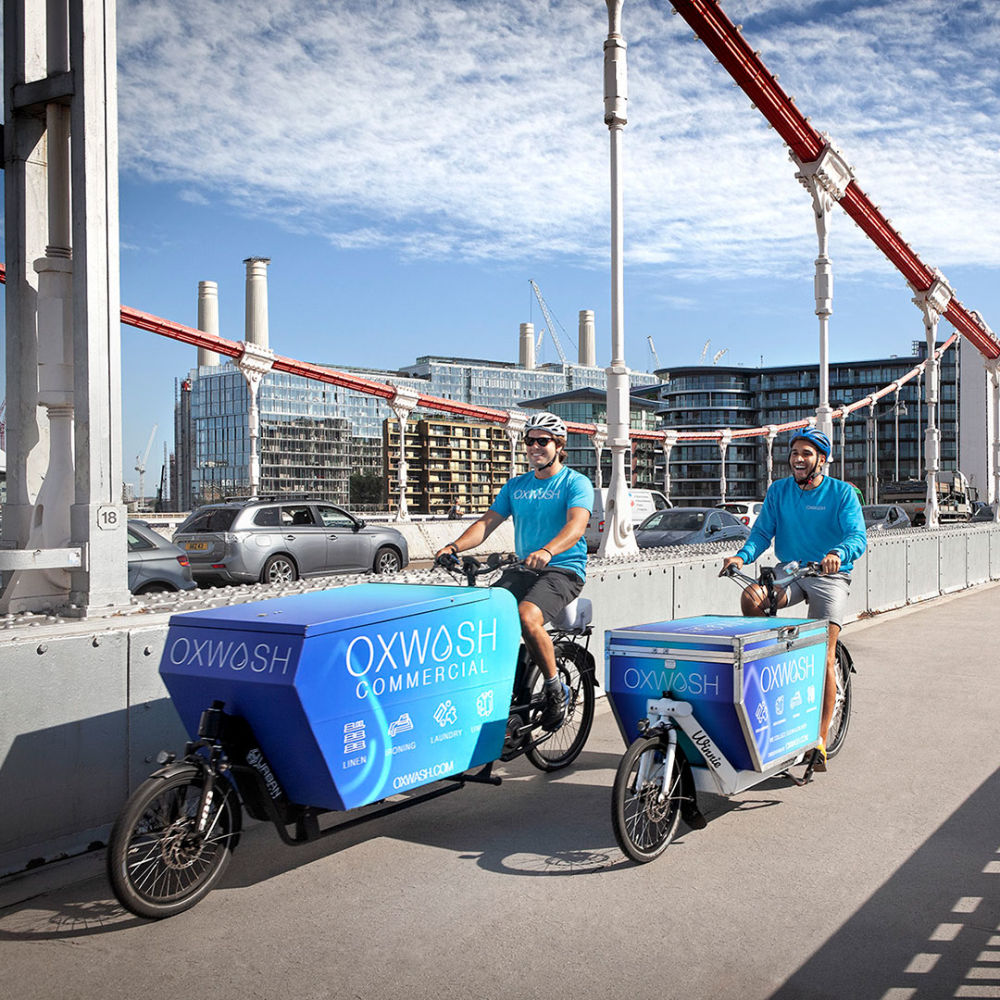6 sustainable fashion trends for 2023


Business & Insights
January is a month when we reflect and look towards the future. Overproduction of garments and excessive industrial waste remain as urgent as ever. The good news is, there have been plenty of sustainable innovations in the industry. Fashion brands and scientists are discovering disruptive solutions, projects and concepts. Let’s dive right in: what are sustainable fashion trends for 2023 and how can we get inspired by them?
1. Innovative materials
Sustainability issues start with the materials. Textile production and processing make up the majority of fashion’s carbon footprint. Synthetic clothing releases millions of microplastic fibres with every wash. Given these facts, it’s clear that some materials should have never entered the market in the first place.
Luckily the industry started to innovate with these issues in mind. For starters, alternatives for leather were long overdue. Many animal rights supporters would say that leather itself is unethical. Additionally, the cattle industry amounts to 14.5% of total greenhouse gas emissions. Many brands started to use vegan leathers such as Vegea or Piñatex made from fruit waste. However, not everyone knows that these materials still contain additions of synthetic polymer. Creating more plastic in an already polluted world is not a viable solution.
There have been some new plastic-free leather alternatives introduced to the market recently. 'Leather' can be now made from mushrooms (Stella McCartney’s Mylo ‘leather’), as well as other plants and minerals (used byAllBirds and Pangaia). Brands are investing in research and development, to provide differentiation for sustainability-oriented consumers. This presents a demand in the market that is only going to continue growing in 2023.


Plant Leather by All Birds
2. Recycling and upcycling
Many also recognised that we don’t even have to produce new materials. There are so many textiles already in circulation, that the possibilities seem endless. More and more brands use only upcycled materials, which shows how creative humans can get. Our partners at Oxwash, and offer collections from upcycled and leftover fabrics. There has also been an influx of interest in upcycling and mending workshops, such as the ones organised by Untied or Re’Store. It’s sustainable, creative and fun - what’s not to love?
3. Rental and resale
Eco-conscious consumers still crave newness. Mending fences between sustainability and style can be challenging but fashion rental might just be the answer. Uk based fashion rental companies that are paving the way include, HURR, Garmst, Loanhood, Kidswear Collective, Loan The Look, or Curated Loop by offering a variety of choice and price ranges. Many premium retailers such as Selfridges, Matches Fashion and Harrods have also introduced their own rental schemes. This trend will only increase in 2023 and the shift within the industry presents an opportunity to significantly extend the life of garments and reduce their environmental impact. It is estimated that continuing to wear a garment nine months longer could decrease its environmental impact by 20– 30%!
Pre-loved already has a strong position in the market, and it’s not going anywhere. It’s not just charity shops and curated luxury vintage boutiques anymore! The resale space has become more and more democratized with the rise of C2C platforms such as Depop, Vinted or Vestaire Collective. A lot of brands offer their own marketplaces now in exchange for loyalty points or vouchers.


4. Sustainable cleaning
Circular fashion models such as rental and resale need quality, sustainable garment cleaning to operate to scale. That being said, aftercare is not discussed enough, especially when it comes to its environmental impact. Even so, it is and will continue to be the backbone of circular fashion.
To decrease garment cleaning's impact on the environment, we need to use technology that utilises low temperatures, reduces CO2 emissions, saves water and filters out microplastic fibres. Big brands got involved in this conversation with the recent, loud collaboration of , creating a domestic washing machine that filters out 54% of the microplastic fibres released from synthetic clothing during the cycle. However, it is worth mentioning that there are already more precise microplastic filters on the market such as , which we use at Oxwash - they filter up to 90% of microplastic fibres from clothing! Such innovations facilitate circularity by keeping garments in the loop for longer.
Dry cleaning is not a solution for delicate care either. Frankly, it is neither dry nor clean. Traditional dry cleaning involves soaking clothes in Perchloroethylene ("Perc") solvent, which is a human carcinogen. It has been already banned in some countries, including France and parts of the US. Fear not, there are sustainable alternatives. Wet cleaning is a process that's safe for ‘dry clean only’ items, and uses only biodegradable detergents, water and low temperature. Wet cleaning is an ideal solution for luxury fashion garments as it is much gentler on the fabrics (and environment) than traditional dry cleaning whilst still providing a high quality finish. Find out more about the benefits of wet cleaning .
As the industry starts leaning towards circular fashion models such as pre-loved and rental, sustainable cleaning is an inseparable part of this journey. Find out more about what we do at Oxwash to reduce the impact of garment cleaning on the planet in our and see if we can help you with your business’s needs.


5. Protection of workers
Activists and consumers have been demanding justice for workers for a long time. 2023 marks the 10-year anniversary of the Rana Plaza tragedy and this manifesto will need to be heard by brands. in California officially came into effect at the start of 2022, whilst changes in the EU legislation are still under discussion.
It is not just at the garment factories, where workers in the fashion industry are affected. Employees exposed to chemicals at conventional dry cleaning facilities often suffer from chronic headaches, dizziness, and nausea and evidence suggests that long-term exposure can cause miscarriages and leukaemia. Our mission at Oxwash is to decrease the impact of garment cleaning for people as well as the environment. No one should have to work with toxic chemicals like Perc or wear dry-cleaned garments on their skin. Dry cleaning has been banned in many countries, and now it is time for the UK!
6. Use of artificial intelligence and innovative technology
The use of artificial intelligence has seen a recent boom in the fashion industry and will continue to grow exponentially in 2023. found that AI in the fashion market is worth up to $300 million globally. It is also predicted to grow to as much as $4.4 billion by 2027. From virtual changing rooms to immersive customer in-store experiences, early adopters of AI are expanding their offerings to stand out in the market.
How can we use this innovative technology for sustainability? New tech brings a vast pool of opportunities for supporting sustainability: waste elimination and management tools or monitoring transparency across supply chains.
An interesting example is an AI-driven fashion company, Laws of Motion. They promote size inclusivity by utilizing AI-driven body scanning for fitted garments. This not only supports an under-served customer segment but also promotes sustainability with a pre-order system, and zero fabric or stock leftovers. Better fit also means the customer would be wearing garments for longer. Relevant algorithms are also going to be in demand for subscription fashion rental companies. An example of this is our menswear rental partner, Garmst who created an algorithm to offer personalised styling.
Innovative technology is also used in aftercare and garment wet cleaning. Our machines use special programming for various materials, temperatures and finishes. For example, Oxwash's drying machines use innovative technology that measures the humidity of items and selects a relevant programme accordingly. Let’s see what the New Year brings! We can’t wait to show you what news and innovations we have in store for 2023. Stay in the loop by signing to our newsletter and following us on Instagram and TikTok.
Related Articles


B Corp™ certified.


Surpassing NHS-grade disinfection.













